Home>Garden Essentials>When To Seed Lawn In Minnesota
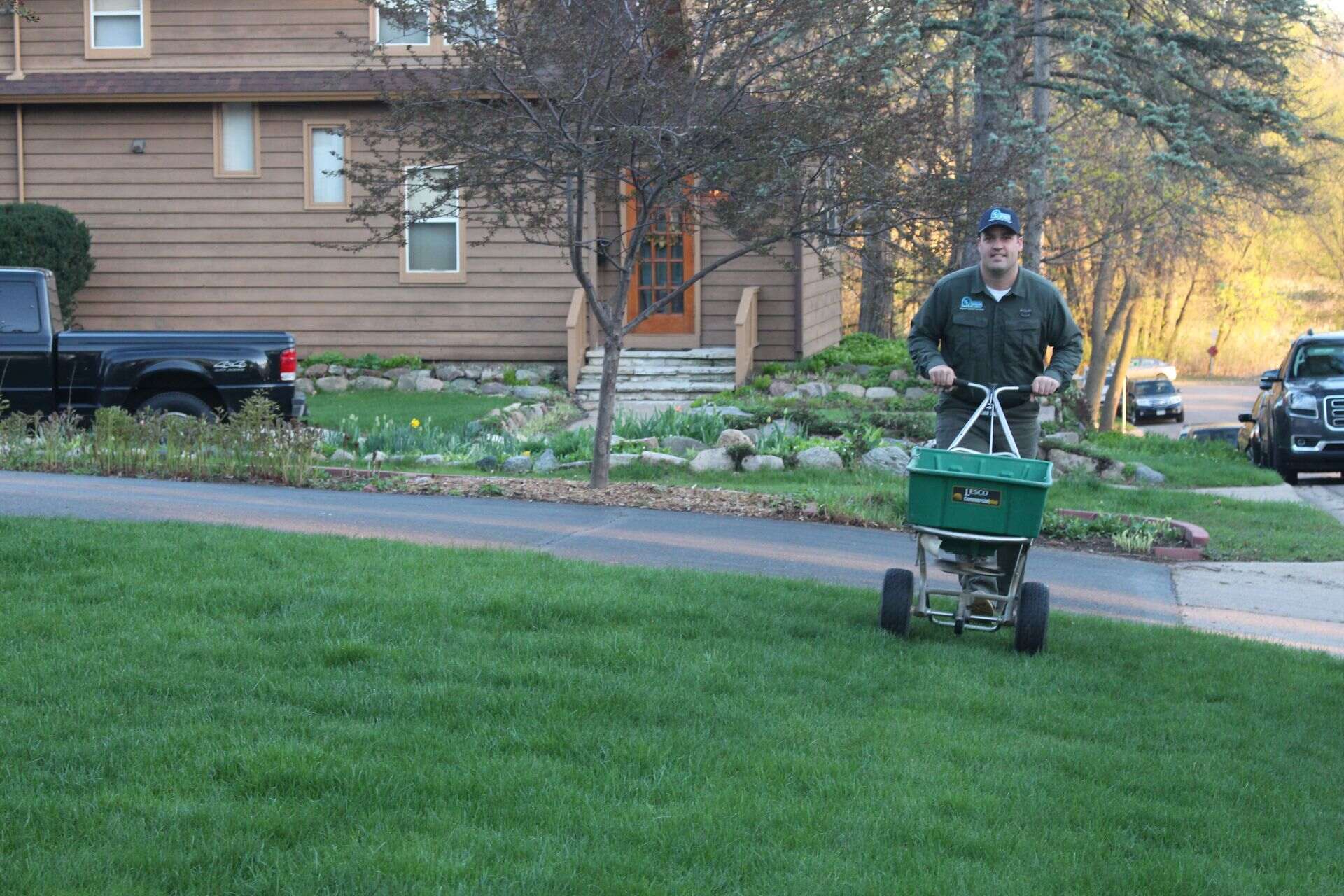

Garden Essentials
When To Seed Lawn In Minnesota
Modified: September 2, 2024
Looking to start a garden in Minnesota? Discover the best time to seed your lawn and get expert tips for successful gardening in the Land of 10,000 Lakes.
(Many of the links in this article redirect to a specific reviewed product. Your purchase of these products through affiliate links helps to generate commission for Storables.com, at no extra cost. Learn more)
Introduction
Creating a lush and vibrant lawn in Minnesota can be a challenging endeavor, given the region’s unique climate and soil conditions. However, with proper knowledge and planning, you can achieve a beautiful and healthy lawn that enhances the beauty of your outdoor space.
Minnesota experiences a diverse weather pattern throughout the year, with hot and humid summers and bitterly cold winters. These extreme fluctuations in temperature, along with heavy snowfall and periodic droughts, can take a toll on your lawn. Therefore, it is crucial to understand the climate and carefully choose the right time and method for seeding your lawn.
In this article, we will delve into the factors to consider before seeding, the best time to seed your lawn, preparing your lawn for seeding, selecting the right seed, proper seeding techniques, watering and care after seeding, and common mistakes to avoid. By following these guidelines, you can increase your chances of success and enjoy a vibrant and flourishing lawn year-round.
Key Takeaways:
- Timing is crucial for seeding your Minnesota lawn. Late summer or early fall is best for cool-season grasses, with spring as an alternative. Proper soil prep and care are essential for success.
- Avoid common mistakes when seeding your Minnesota lawn, such as insufficient soil prep, incorrect watering, and ignoring weed control. Choose the right timing and care for a thriving lawn.
Read more: When To Plant Grass Seed In Minnesota
Understanding the Climate in Minnesota
Minnesota’s climate is characterized by its four distinct seasons, each with its own unique challenges for maintaining a healthy lawn. Summers in Minnesota can be hot and humid, with temperatures often reaching the 80s and 90s Fahrenheit. The warm weather, combined with occasional droughts, can lead to stress on your lawn and hinder its growth.
On the other hand, Minnesota winters are known for their harsh and cold conditions. With temperatures dropping well below freezing and heavy snowfall, lawns are exposed to prolonged freezing temperatures and the compaction caused by the weight of snow. These conditions can cause winter damage, such as snow mold and ice damage.
Spring and fall in Minnesota provide the ideal conditions for lawn growth and repair. Spring brings moderate temperatures and abundant rainfall, allowing grass to recover from winter dormancy and start growing. Fall, with its cooler temperatures and potential rainfall, is also a great time for lawn rejuvenation.
It’s important to understand these seasonal changes so you can adapt your lawn care practices accordingly. By understanding the climate in Minnesota, you can make informed decisions about when to seed your lawn and how to best prepare and maintain it throughout the year.
Factors to Consider Before Seeding
Before you start seeding your lawn in Minnesota, there are several factors you should consider to ensure successful germination and establishment of the grass. These factors include soil conditions, sunlight exposure, lawn usage, and existing vegetation.
First and foremost, it’s important to assess the quality of your soil. The soil should be well-draining and moderately fertile to support healthy grass growth. Conduct a soil test to determine its pH levels and nutrient content. Based on the test results, you may need to amend the soil with organic matter or fertilizer to create the ideal growing environment for the grass.
Next, consider the amount of sunlight your lawn receives. Most grass varieties require at least 6 to 8 hours of direct sunlight per day to thrive. If your lawn is heavily shaded due to trees or buildings, you may need to choose shade-tolerant grass species or consider alternative landscaping options.
Another factor to consider is the purpose of your lawn. Will it be used for high-traffic activities like playing sports or entertaining guests? If so, you’ll want to select a grass variety that is durable and can withstand heavy usage.
Take note of any existing vegetation in your lawn. Weeds, invasive grasses, or other unwanted plants can hinder the growth of your newly seeded grass. It’s important to address these issues before seeding by removing weeds and treating the area with herbicides, if necessary. This will create a clean and receptive environment for the new grass.
By carefully considering these factors, you can make informed decisions about the type of grass to seed and the necessary preparations to ensure optimal growth and long-term success.
Best Time to Seed Your Lawn
Choosing the right time to seed your lawn in Minnesota is crucial for successful establishment and growth of the grass. The timing depends on the type of grass you’re seeding and the climate conditions in your specific region within Minnesota.
In general, the best time to seed cool-season grasses, such as Kentucky bluegrass, fine fescue, and perennial ryegrass, is in late summer or early fall. This timing takes advantage of the favorable weather conditions during the cooler months, allowing the grass to establish strong roots before winter sets in. The soil is still warm enough for good germination, and there is typically ample rainfall to support initial growth.
Seeding in early fall also allows for the grass to have a head start before winter dormancy. The moderately cool temperatures and reduced weed competition in fall provide the ideal environment for the grass to grow and establish itself.
If you missed the opportunity to seed in early fall, you can also opt for spring seeding. However, it’s important to seed early enough to allow the grass to establish before the heat and dryness of summer. Late April or early May is typically the best time for spring seeding, giving the grass enough time to establish roots before the hot summer months.
When considering the best time to seed your lawn, keep in mind the specific climate conditions in your area of Minnesota. Consult with local experts or refer to the USDA hardiness zone map to determine the most suitable timing for your region.
By choosing the right time to seed, you give your grass the best chance to thrive and establish a strong, healthy lawn that can withstand the challenges of the Minnesota climate.
Preparing Your Lawn for Seeding
Properly preparing your lawn for seeding is essential to create the optimal conditions for seed germination and the establishment of healthy grass. Follow these steps to ensure that your lawn is ready for seeding:
- Clear the area: Remove any debris, rocks, or existing vegetation from the area where you plan to seed. Use a rake or a lawn dethatcher to loosen the top layer of soil.
- Aerate the soil: If your soil is compacted, consider aerating it before seeding. Aerating helps improve the soil’s drainage and allows the grass roots to penetrate easily. You can rent a mechanical aerator or use a manual aerator to create small holes in the soil.
- Level the surface: Smooth out any uneven areas by adding topsoil or leveling mix. Use a rake to spread the soil evenly and create a smooth surface for seeding.
- Amend the soil: Based on your soil test results, add any necessary amendments to improve the soil’s fertility and nutrient content. This may include organic matter such as compost or well-aged manure.
- Fertilize: Apply a starter fertilizer specifically formulated for new grass seedlings. This will provide essential nutrients for the young plants and promote healthy growth. Follow the instructions on the fertilizer packaging for proper application rates.
- Water the area: Before seeding, thoroughly water the prepared area to ensure that the soil is moist. This will create the ideal environment for seed germination.
- Consider using a seed starter mat or straw: For added protection and moisture retention, you can choose to cover the newly seeded area with a seed starter mat or a thin layer of straw. This will help prevent erosion and promote successful germination.
By following these steps, you will create a favorable environment for seed germination and ensure the successful establishment of your grass. Preparing the lawn properly sets the stage for healthy growth and contributes to the long-term success of your lawn in Minnesota’s challenging climate.
The best time to seed a lawn in Minnesota is in late summer to early fall, typically between late August and early September. This allows the seeds to establish before winter and gives them a head start in the spring.
Read more: When To Seed Lawn In Nc
Choosing the Right Seed
Choosing the right seed for your lawn in Minnesota is crucial to ensure its long-term health, resilience, and ability to withstand the region’s unique climate. Here are some factors to consider when selecting the seed:
- Grass species: Determine which grass species are best suited for your lawn’s specific needs. Some common cool-season grasses that thrive in Minnesota include Kentucky bluegrass, fine fescue, and perennial ryegrass. Each grass species has its own characteristics, such as drought tolerance, shade tolerance, and durability, so make sure to choose the one that matches your lawn’s requirements.
- Seed mixture vs. pure seed: Seed mixtures contain a blend of different grass species, providing a balance of characteristics such as color, texture, and disease resistance. Pure seed varieties, on the other hand, consist of a single grass species. Consider your lawn’s specific needs and the desired aesthetic outcome when deciding between a seed mixture or pure seed.
- Seed quality: Opt for high-quality seed to ensure optimal germination and growth. Look for seeds that are certified, as they have gone through rigorous testing and meet specific quality standards.
- Traffic tolerance: Consider the level of foot traffic your lawn will endure. If your lawn will experience heavy usage, choose a grass species with good traffic tolerance, such as a Kentucky bluegrass blend or a combination of tall fescue and perennial ryegrass.
- Shade tolerance: Assess how much shade your lawn receives. If your lawn is mostly shaded, choose grass varieties that have better shade tolerance, such as fine fescue or shade-tolerant Kentucky bluegrass varieties.
- Disease resistance: Research the disease resistance of different grass species and select those that are known to be resistant to common diseases in Minnesota, such as dollar spot or brown patch.
It’s also advisable to consult with local experts or a turf specialist to get personalized recommendations based on your specific lawn conditions and preferences. They can provide valuable insights and help you choose the best seed for your lawn’s needs.
By selecting the right seed, you can establish a resilient and healthy lawn that can thrive in Minnesota’s challenging climate and provide you with a beautiful outdoor space for years to come.
How to Seed Your Lawn
Seeding your lawn in the proper manner is essential for successful establishment and growth of the grass. Follow these steps to ensure that you seed your lawn effectively:
- Choose the right seeding method: There are two primary methods for seeding a lawn: broadcasting and overseeding. Broadcasting involves scattering the seeds evenly across the soil surface. Overseeding is done to fill in bare patches or thin areas of an existing lawn. Determine the method that is most appropriate for your lawn’s needs.
- Calculate the seed quantity: Use a seed calculator to determine the correct amount of seed needed based on the square footage of your lawn. Follow the instructions on the seed packaging for the recommended seeding rates.
- Divide the seed: For more precise seeding, consider dividing the calculated amount of seed into two equal portions. Spread the first portion in one direction and then spread the second portion perpendicular to the first. This helps ensure an even distribution of the seeds.
- Use a spreader or hand-spread: For broadcasting the seed, use a seed spreader to achieve an even distribution. Set the spreader to the appropriate setting as recommended by the manufacturer. If you don’t have a spreader, you can also distribute the seed by hand, taking care to disperse it as evenly as possible.
- Overseed bare or thin areas: For overseeding, rake the existing grass to loosen the soil and create a seedbed. Spread the seed evenly over the bare or thin areas.
- Protect the seeds: After seeding, gently rake the soil to cover the seeds with a thin layer of soil or use a seed starter mat to protect them from birds and other pests. This will also help retain moisture and promote germination.
- Water thoroughly: After seeding, water the entire area with a light, even spray to settle the seeds. Keep the soil consistently moist until the grass establishes. Water daily or as needed to prevent the soil from drying out.
- Monitor and adjust: Keep a close eye on the seeded areas and make adjustments as necessary. If certain areas are not germinating well, apply additional seeds to ensure proper coverage.
By following these steps, you can seed your lawn effectively and increase the chances of successful grass establishment. Remember to be patient, as it may take several weeks for the seeds to germinate and for the grass to start growing.
Watering and Care after Seeding
Watering and proper care after seeding are crucial to ensure the successful germination and establishment of your new grass. Here are some essential steps to follow:
- Water immediately after seeding: After seeding, water the entire area thoroughly to ensure that the seeds are moist and in contact with the soil. Use a gentle spray or sprinkler to prevent washing away the seeds.
- Keep the soil consistently moist: To promote germination, keep the seeded area moist. Water lightly and frequently, aiming for a depth of around one inch of water per week. Depending on the weather and soil conditions, this may require daily watering or multiple watering sessions per day.
- Monitor moisture levels: Regularly check the soil moisture levels by probing the soil with your finger. If the top half-inch of soil feels dry, it’s time to water. Avoid overwatering, as it can lead to shallow root growth and fungal diseases.
- Water in the early morning: Watering in the early morning allows the grass blades to dry before evening, reducing the risk of fungal growth. It also ensures that the grass has enough moisture throughout the day to withstand heat and stress.
- Adjust watering as the grass grows: As the grass begins to grow, gradually reduce the frequency of watering and increase the amount of water applied during each session. This helps promote deeper root growth and stronger, more drought-resistant grass.
- Maintain a proper mowing height: Once the grass reaches a height of around 3 inches, you can start mowing. Set your mower to a height of 2 to 3 inches and mow regularly, making sure to never remove more than one-third of the grass blade length at a time. Proper mowing encourages a denser, healthier lawn.
- Fertilize as needed: After the grass has established, you can begin a regular fertilization program. Consult with a local garden center or turf specialist to determine the appropriate fertilizer and timing for your specific grass species.
- Control weeds: Regularly inspect the lawn for weeds and address them promptly. Avoid using herbicides until the grass is well-established, as it may harm the young seedlings. Hand pull or use targeted herbicide treatments as needed.
Consistent watering and proper care after seeding are essential for the successful development of your lawn. By following these steps and providing the necessary attention, you can encourage the growth and establishment of healthy, lush grass that will thrive in Minnesota’s climate.
Common Mistakes to Avoid
When seeding your lawn in Minnesota, it’s important to be aware of common mistakes that can hinder the success of your grass establishment. By avoiding these pitfalls, you can increase your chances of achieving a lush and healthy lawn. Here are some common mistakes to watch out for:
- Insufficient soil preparation: Failing to properly prepare the soil before seeding can result in poor seed-to-soil contact and hinder germination. Take the time to clear debris, aerate if necessary, and amend the soil with organic matter or fertilizer to create a favorable environment.
- Under or over-seeding: Incorrectly calculating the amount of seed needed can lead to uneven coverage or sparse grass growth. Use a seed calculator or consult with experts to determine the appropriate amount of seed for your lawn’s square footage.
- Improper watering: Inconsistent or incorrect watering practices can significantly impact seed germination and grass establishment. Overwatering can lead to shallow root growth and fungal diseases, while underwatering can cause seeds to dry out and fail to sprout. Follow a consistent watering schedule and monitor soil moisture levels to ensure proper hydration.
- Mowing too soon or too short: Resist the temptation to mow your newly seeded lawn too soon or cut the grass too short. Allow the grass to reach a height of 3 inches before mowing and maintain a mowing height of 2 to 3 inches. Mowing too soon or too short can stress the new seedlings and impede their growth.
- Ignoring weed control: Weeds can quickly take over a newly seeded lawn and compete with the grass for nutrients and sunlight. Regularly inspect for weeds and address them promptly to prevent weed dominance. However, avoid using herbicides until the new grass is well-established, as it may harm the young seedlings.
- Skipping soil testing: Neglecting to conduct a soil test before seeding can lead to nutrient deficiencies or imbalances, resulting in poor grass growth. A soil test provides valuable information about your soil’s pH levels and nutrient content, enabling you to amend it accordingly for optimal grass growth.
- Seeding at the wrong time: Timing is crucial when it comes to seeding your lawn. Seeding too early or too late in the season can hinder germination and compromise the success of your grass establishment. Research and follow the recommended seeding times for your specific grass species and Minnesota’s climate.
By avoiding these common mistakes, you can maximize the chances of success when seeding your lawn. Take the time to properly prepare the soil, water diligently, and provide appropriate care to ensure the establishment of a beautiful and thriving lawn.
Read more: When To Seed Lawn In Texas
Conclusion
Establishing and maintaining a lush and healthy lawn in Minnesota can be a rewarding endeavor with the right knowledge and approach. By understanding the unique climate of the region, considering key factors before seeding, choosing the right seed, and following proper care practices, you can create a beautiful outdoor space that enhances the beauty of your home.
Minnesota’s climate presents both challenges and opportunities for a thriving lawn. The hot summers, cold winters, and occasional droughts require careful planning and timing when it comes to seeding. Late summer or early fall is generally the best time to seed cool-season grasses, while spring can be considered as an alternative. By selecting the appropriate grass species and following proper soil preparation techniques, you can increase your chances of successful grass establishment.
Proper care after seeding, including regular watering, mowing at the right height, and addressing weeds promptly, is crucial for the long-term health and resilience of your lawn. Avoiding common mistakes such as insufficient soil preparation, over or under-seeding, and incorrect watering practices will contribute to the success of your lawn’s establishment.
Remember to continually monitor your lawn’s needs and adjust your maintenance practices accordingly. Consulting with local experts or a turf specialist can provide invaluable guidance tailored to your specific lawn conditions and preferences.
By implementing these guidelines and investing time and effort into your lawn care routine, you can create a vibrant and inviting outdoor space that brings joy to you and your loved ones throughout the seasons in Minnesota.
Frequently Asked Questions about When To Seed Lawn In Minnesota
Was this page helpful?
At Storables.com, we guarantee accurate and reliable information. Our content, validated by Expert Board Contributors, is crafted following stringent Editorial Policies. We're committed to providing you with well-researched, expert-backed insights for all your informational needs.
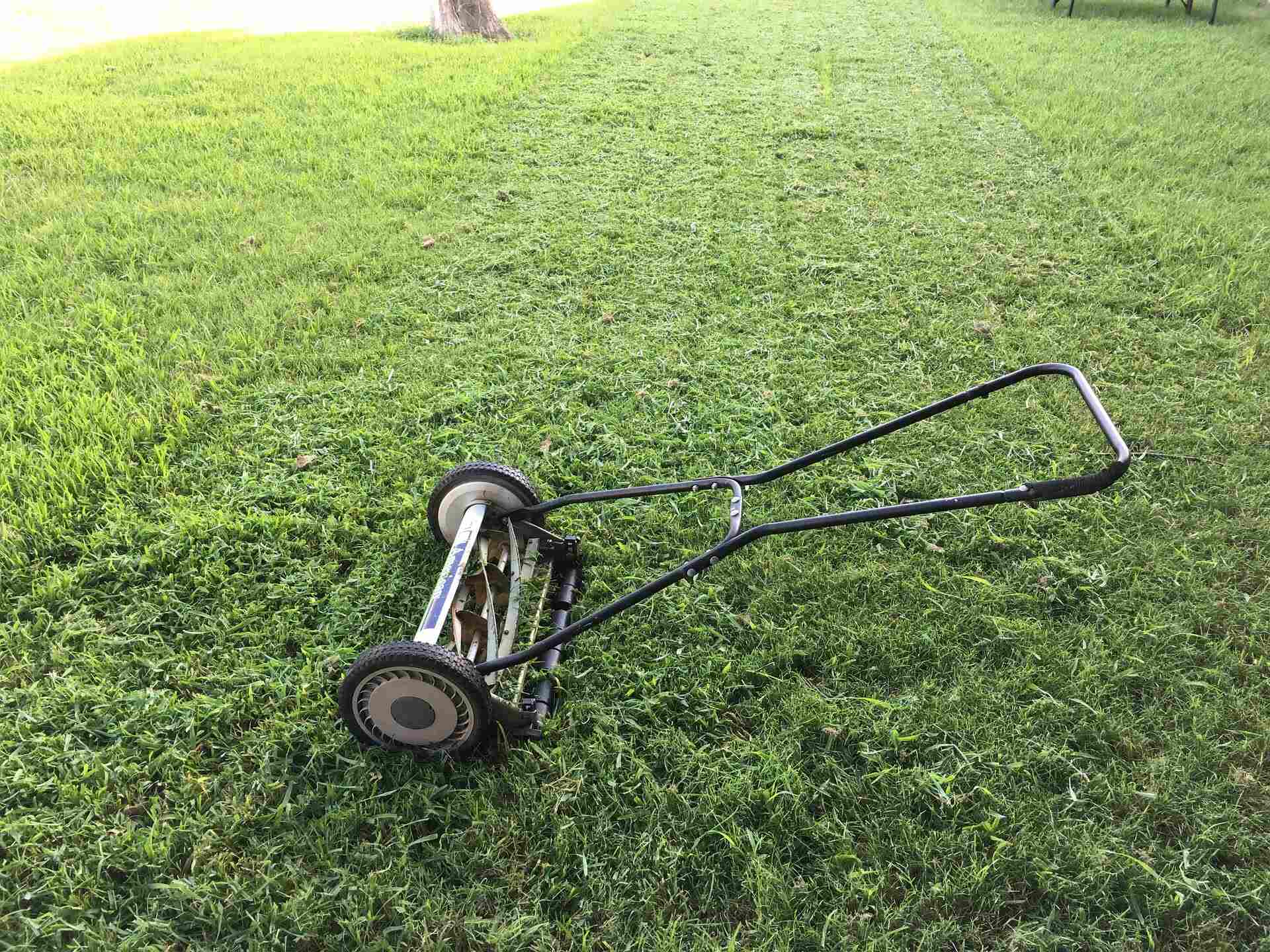
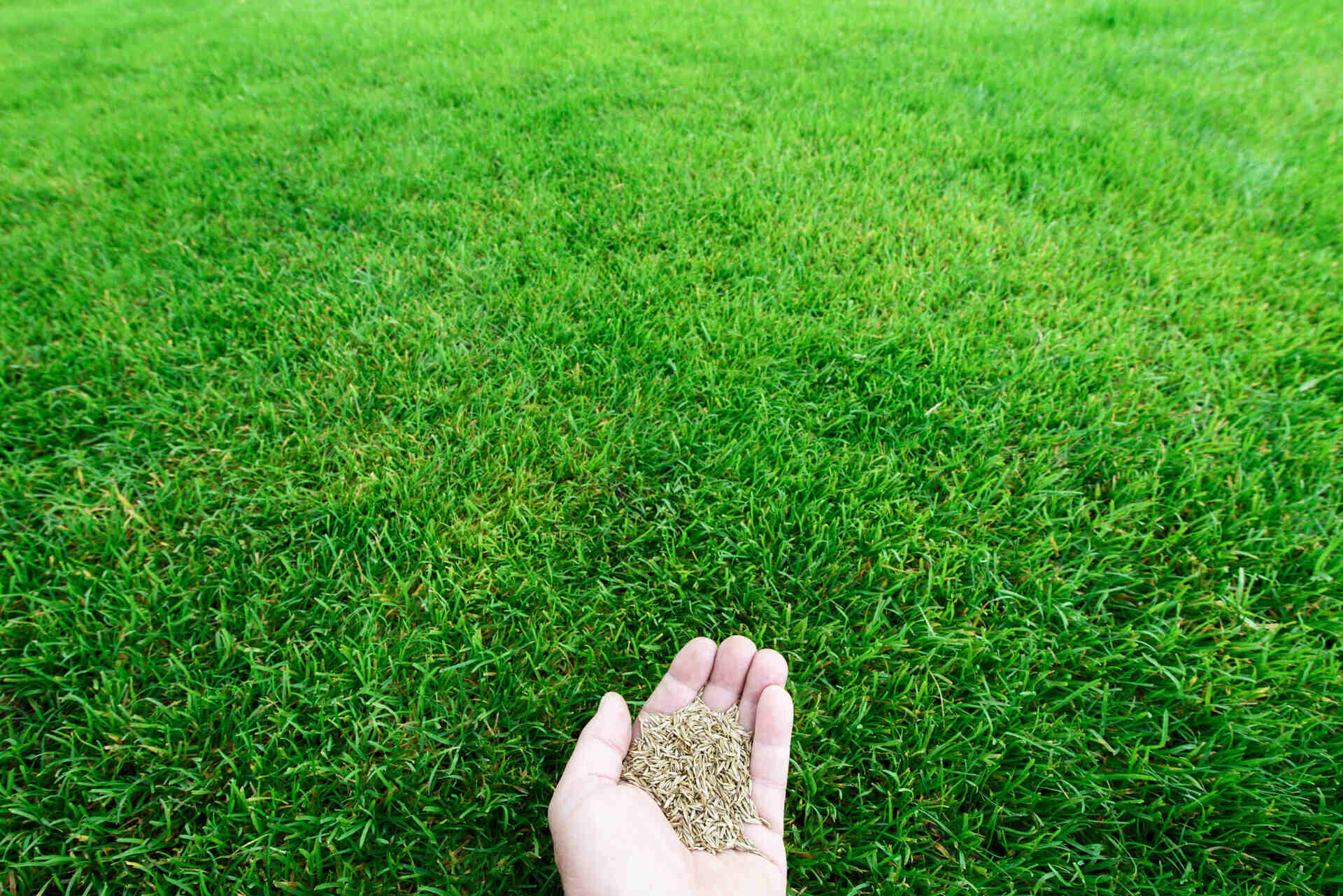
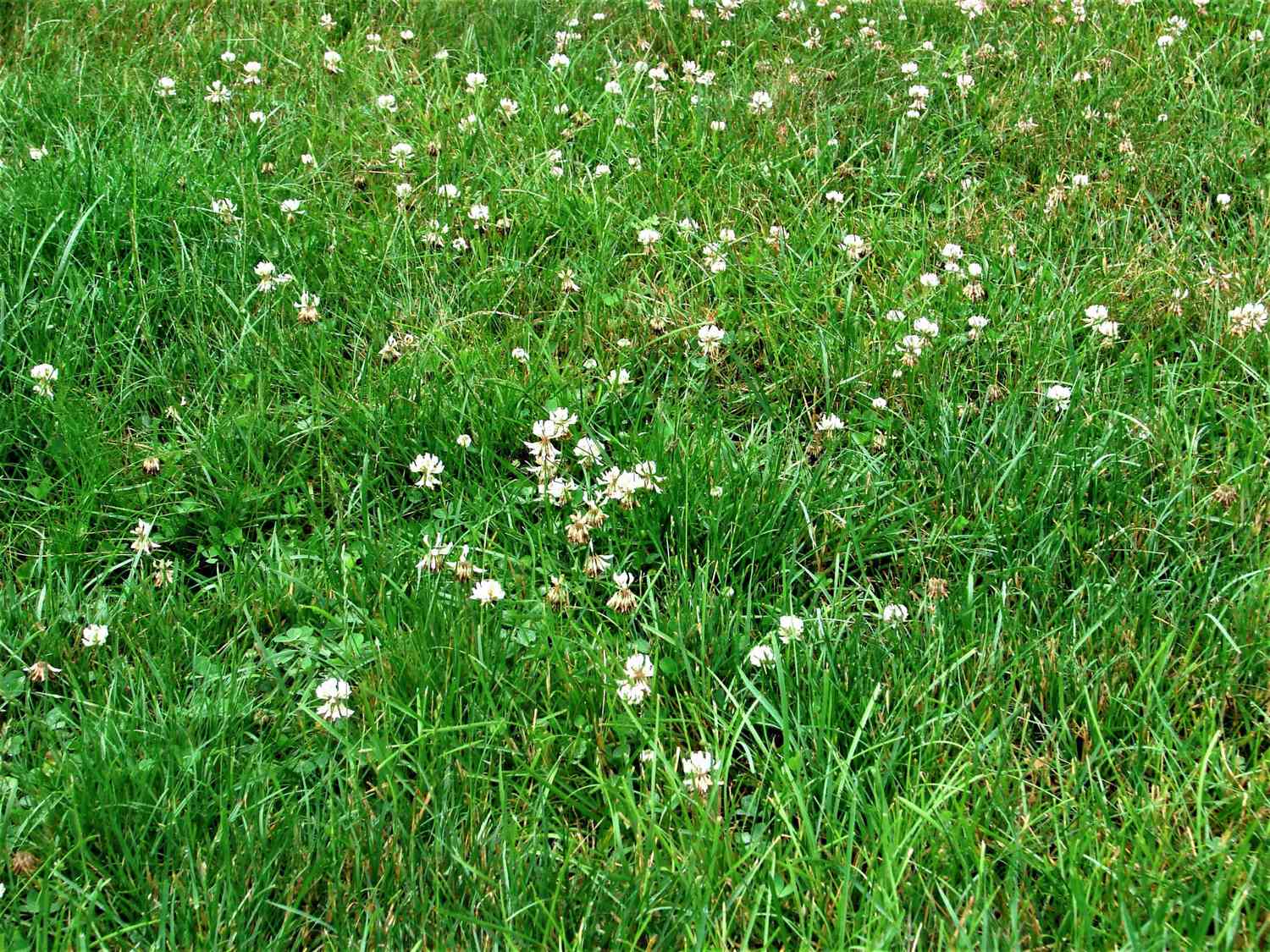
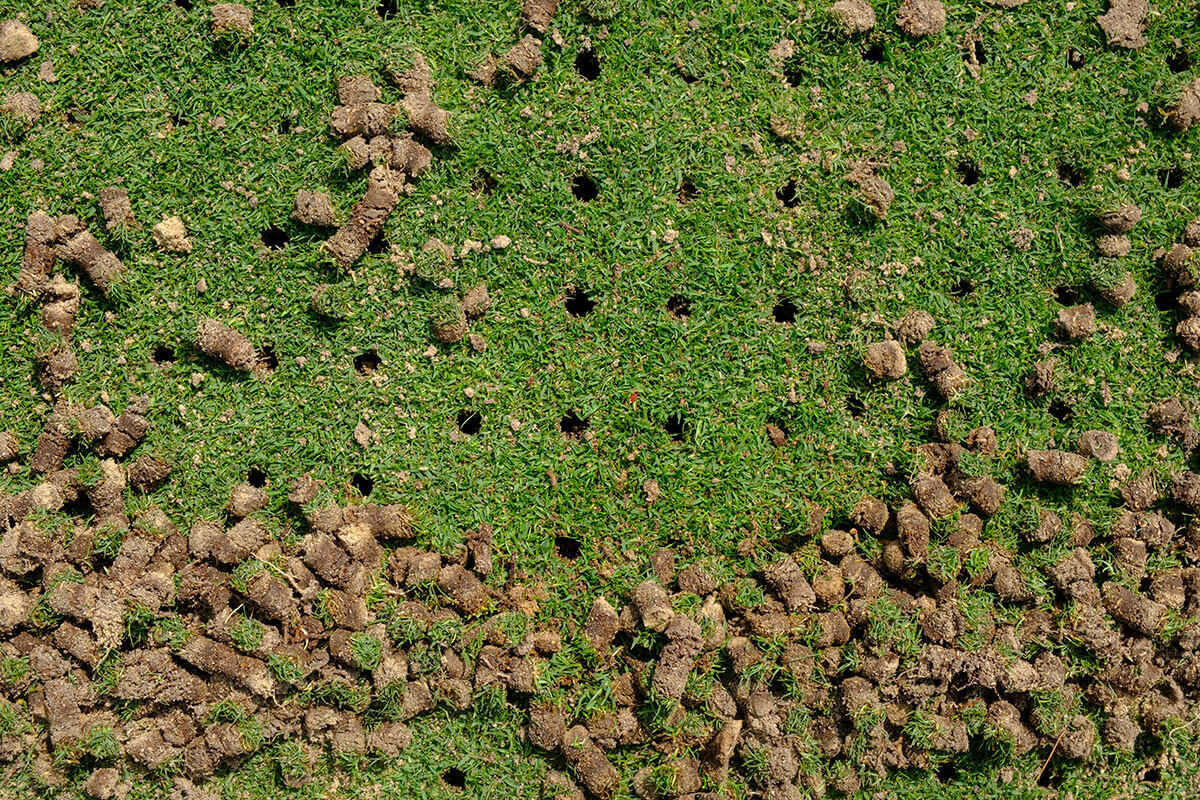
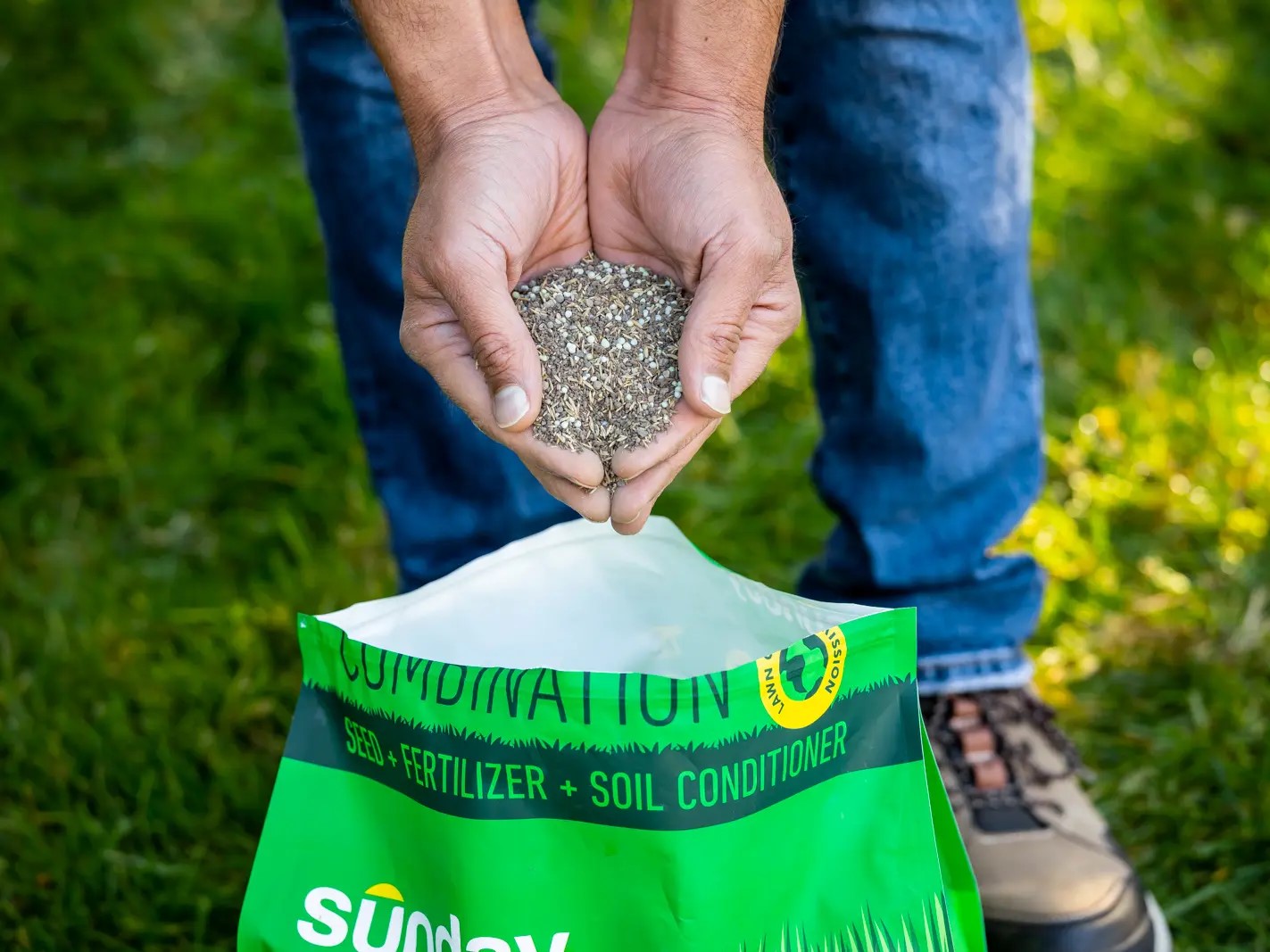
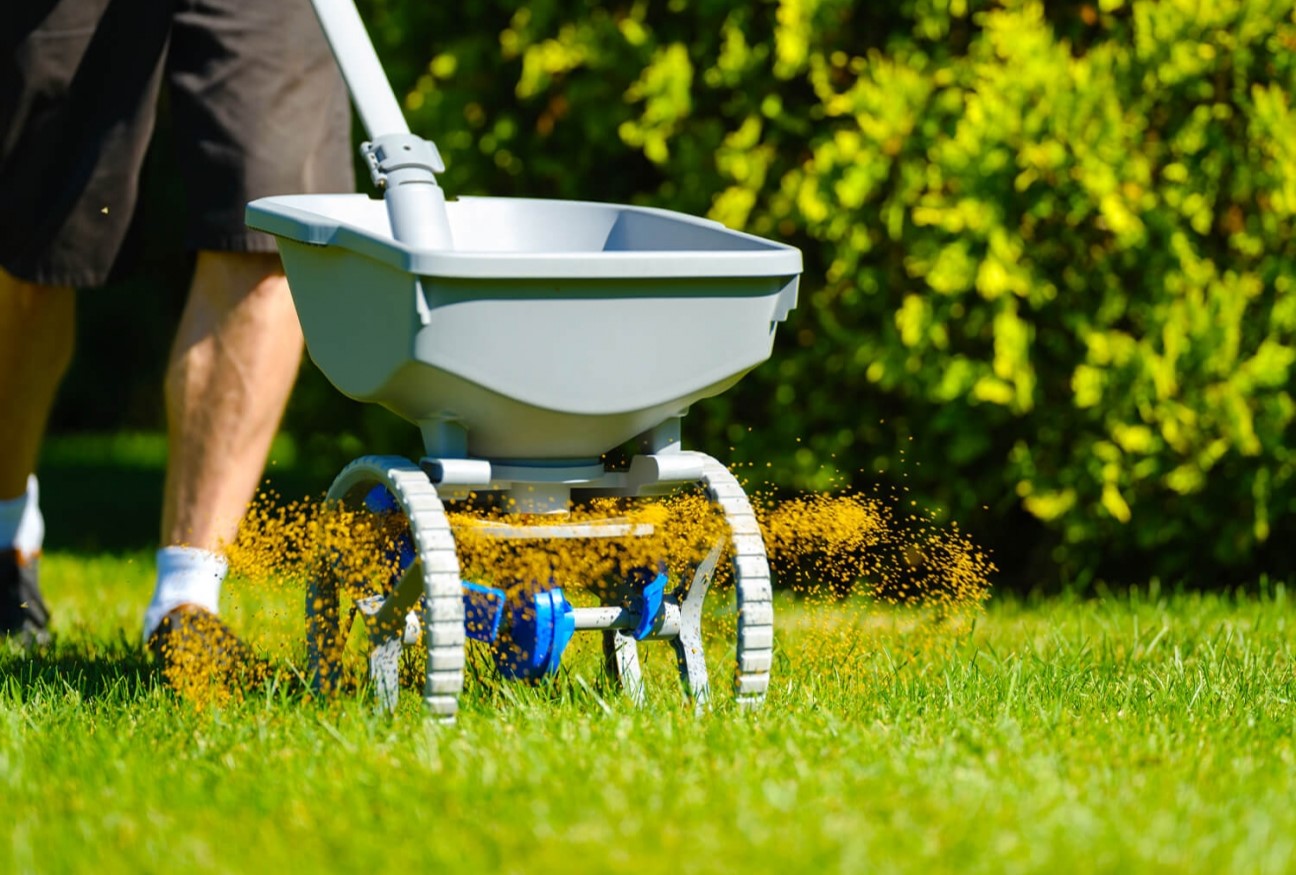
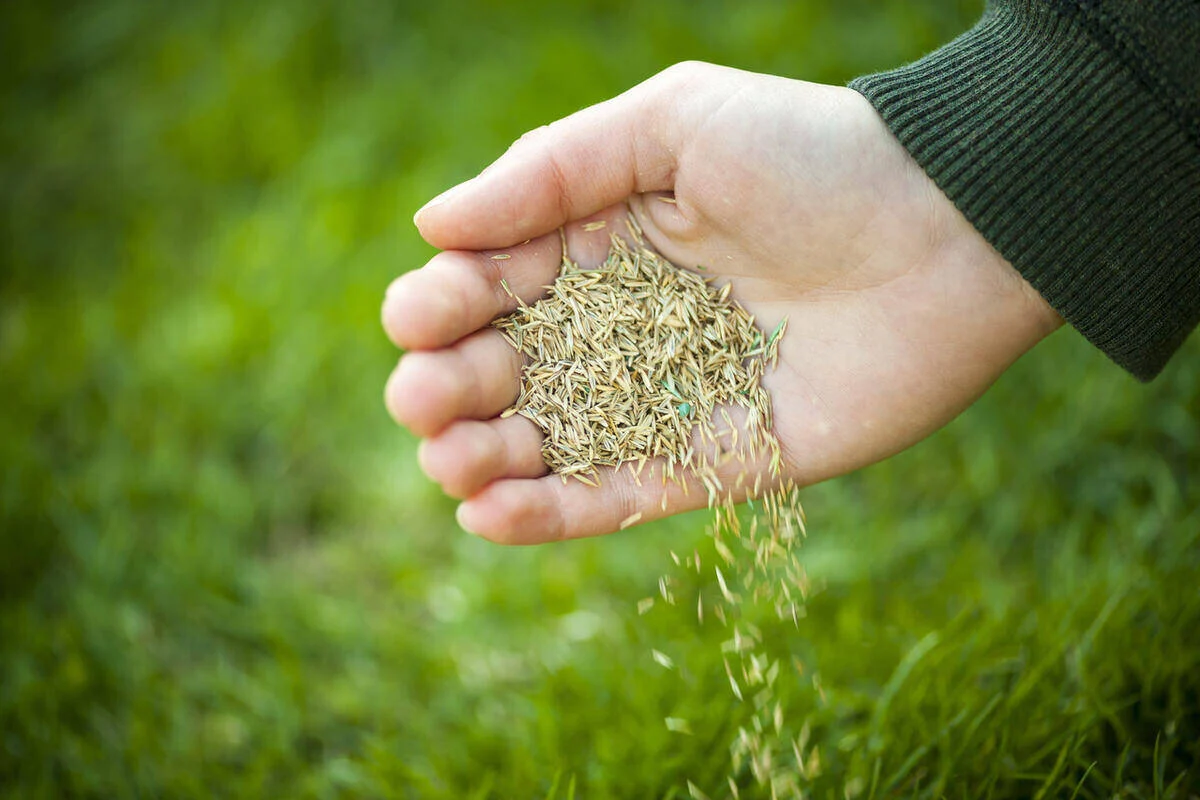
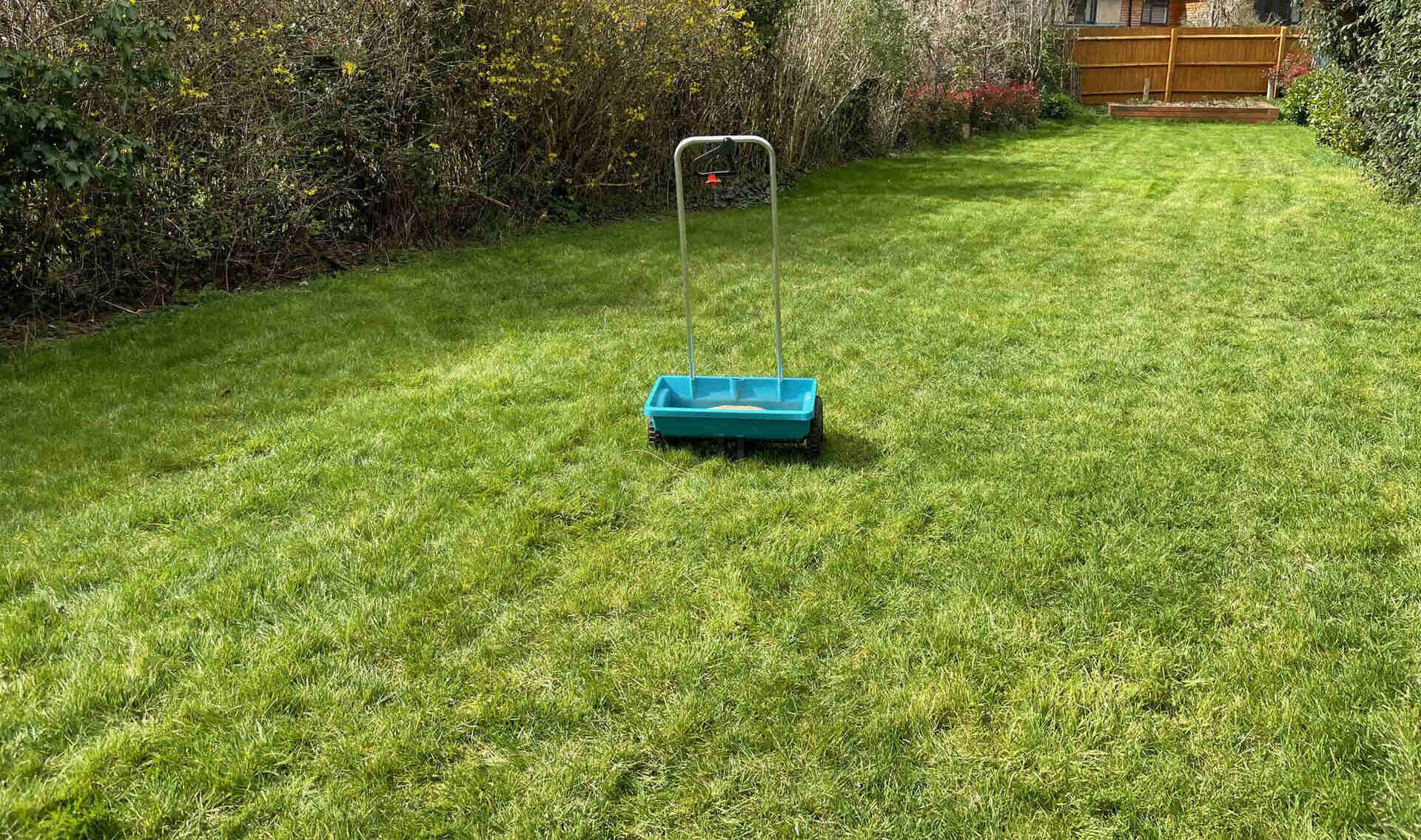
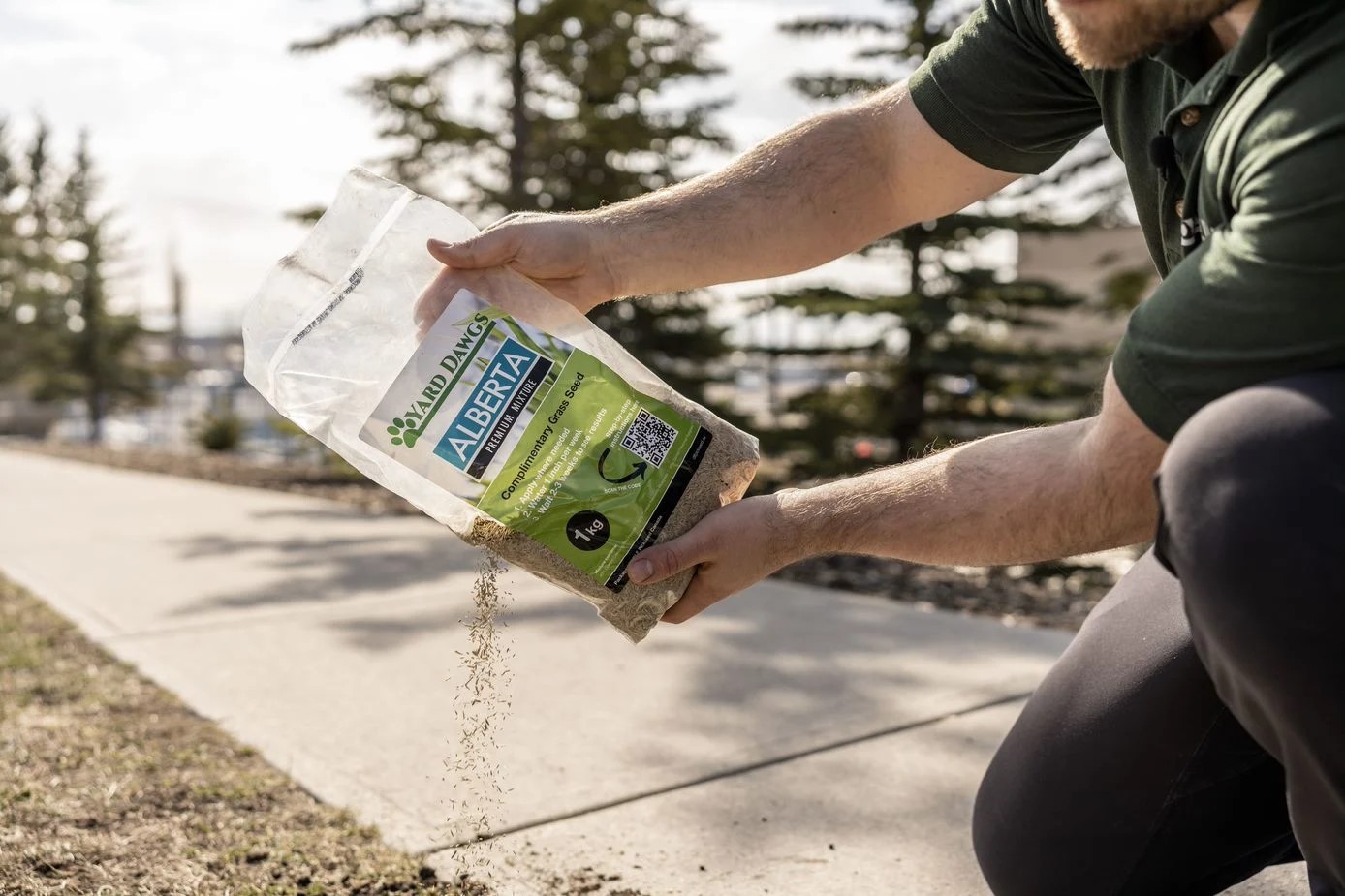
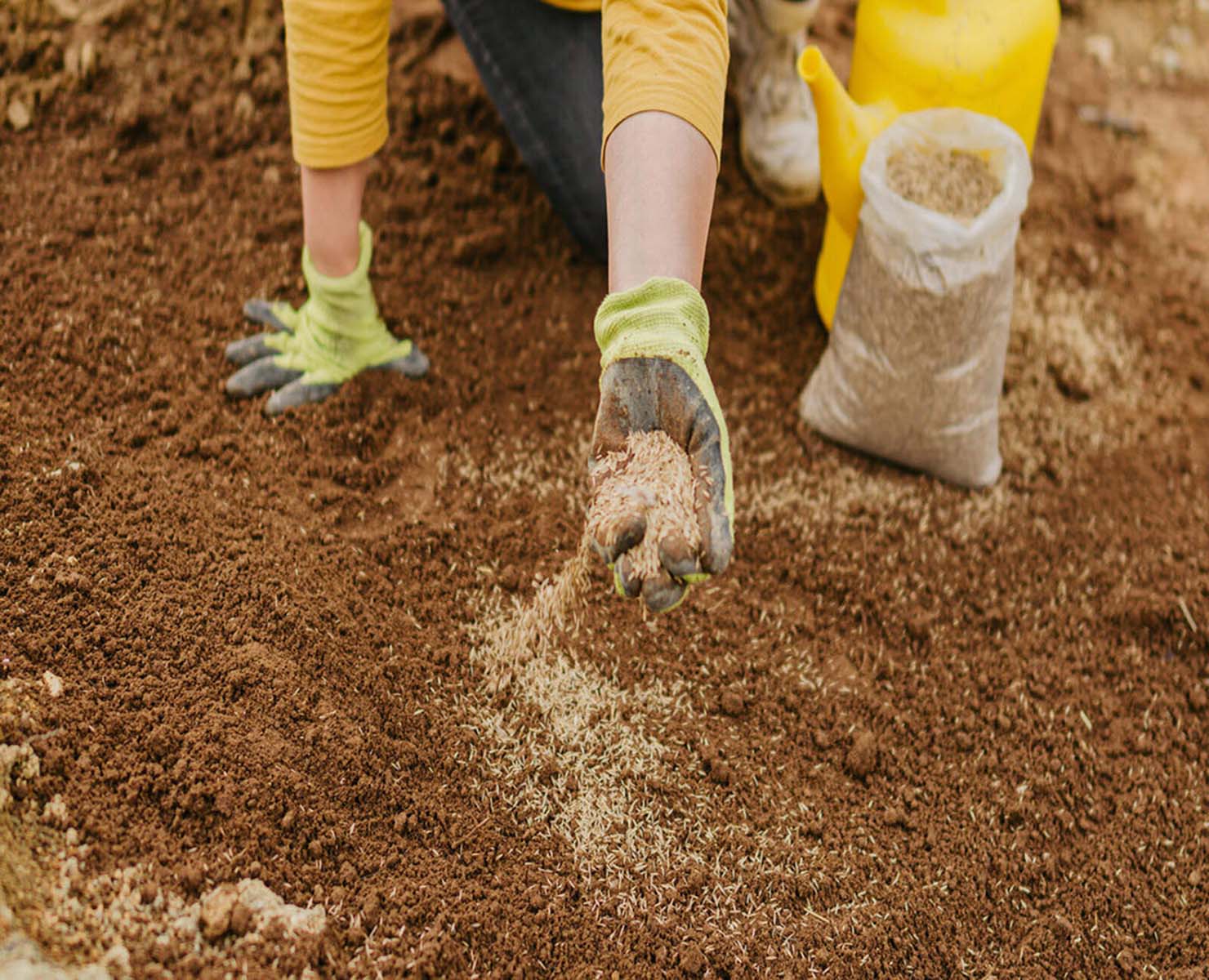
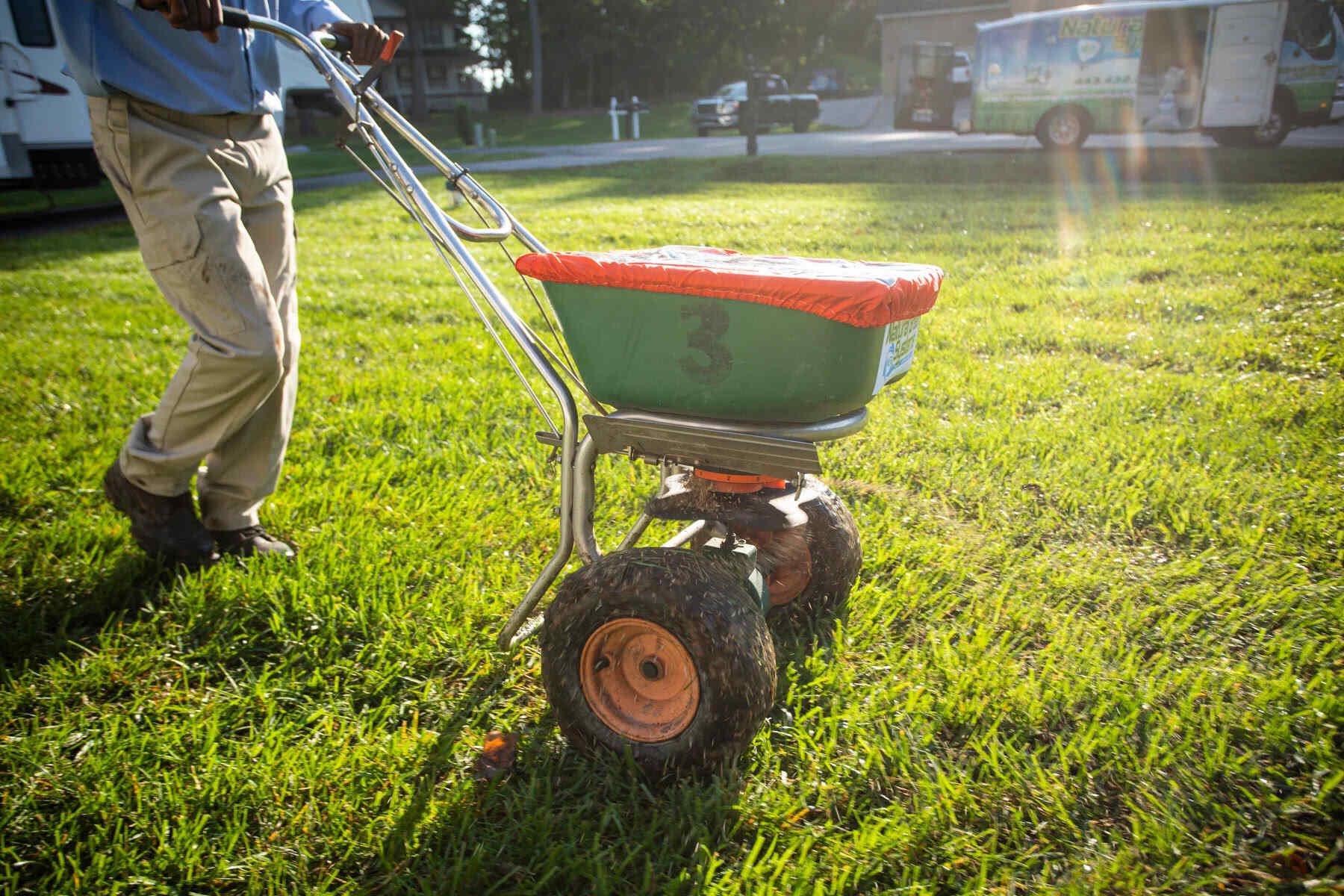
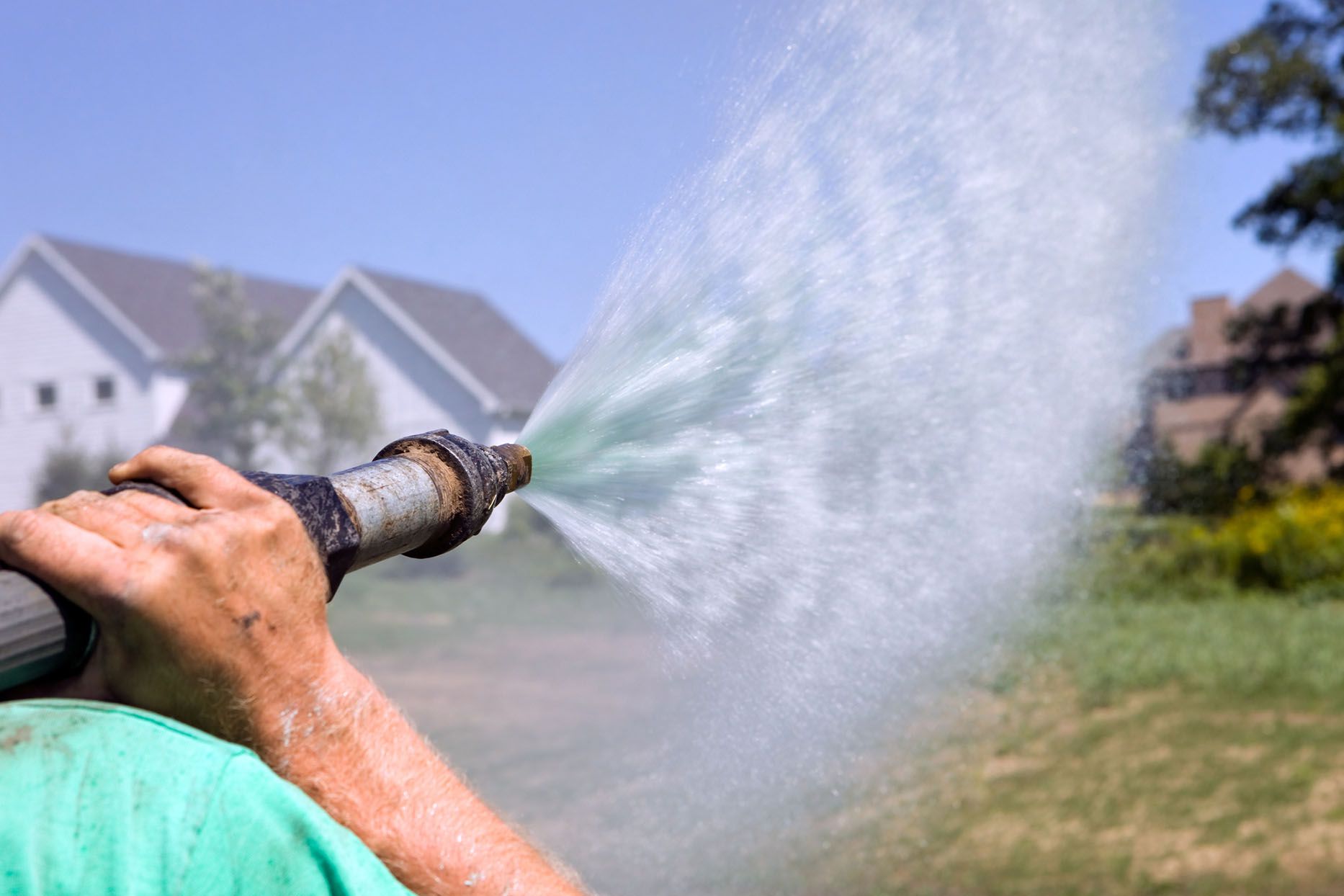


0 thoughts on “When To Seed Lawn In Minnesota”